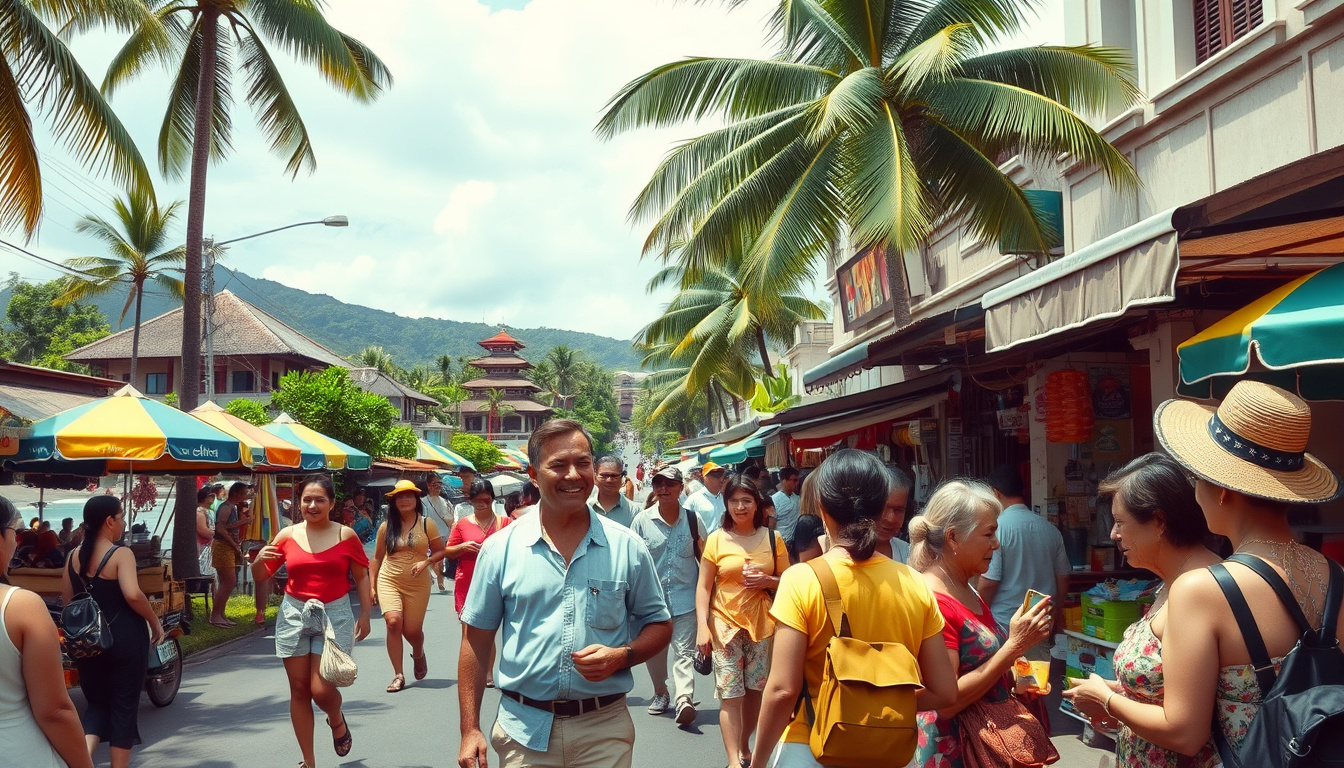A price war between hotels in Bali is causing room rates to plummet across our favourite party island, which is brilliant news for tourists — but it’s making tourism officials nervous. And they fear the low cost of accommodation will attract bad tourism, spoiling Bali’s reputation for “elegance and quality”.
Indonesian newspaper Kompas reports competition between hotels in Bali has pushed room rates down, with three-star hotels offering rooms for as little as 300,000 rupiah, or about $22, a night. But the head of the Bali Regional Tourism Promotion Agency said the falling rate of hotel rooms during the past three years was creating a sense of unease.
“Not only is the problem about a decline in the quality of tourism, but an economy this competitive is not healthy,” Tjokorda Oka Artha Ardhana Sukawati said, according to an English translation on news site Coconuts Bali.
Officials feared holiday-makers would no longer associate Bali with “elegance and quality” if the trend continued, the website reported.
Mr Sukawati is now pushing for standardising hotel rates in Bali, which would take into account factors such as star ratings, the number of rooms and overall quality of hotels. It’s a position supported by Bali Governor Made Mangku Pastika, who urged this week for a clear legal framework to standardise room rates.
It’s not the first time Mr Pastika has pushed for room rates to be standardised — in 2013, he said the approach could be a way to deal with “uncontrolled” development of hotels across Bali.
According to data from the Bali Central Bureau of Statistics, there are 281 hotels in Bali with star ratings. Of those, 89 hotels had a three-star rating.
Figures released last year by the Bali chapter of the Indonesian Hotel and Restaurant Association showed in 2015, there were 130,000 hotel rooms in Bali, including 98,000 rooms in the Badung regency.
The association calculated Bali would need to attract 92.5 million tourists a year in order to achieve 100 per cent occupancy. In 2015, the number of tourists in Bali, both domestic and foreign, was just 11.15 million.
Source & image: news.com.au











Add a comment